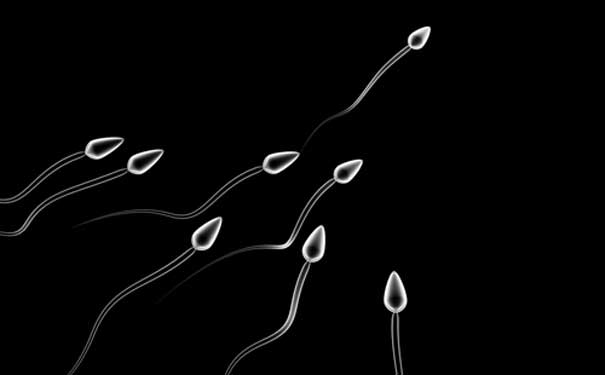
Image: Shutterstock
Sperm production is the result of specific chemical signals, a new study from scientists at the University of Queensland have found.
It’s no scientific secret that men produce sperm and women produce eggs, but what is less well known is that the two reproductive articles actually start out life as identical cells and it’s only through a process of chemical signals that they form as one or the other.
The development of both cell types is determined by whether they are formed within male or female gonads. The University of Queensland’s Institute of Molecular Bioscience recently conducted a study to identify the chemical that drives egg production in females. Retinoic acid, a derivative of vitamin A, is abundant in the female ovaries and was found to encourage the growth of egg cells.
A further study has been conducted to see if male sperm production is triggered by an absence of retinoic acid or if it is influenced by another factor. The research team, led by Dr Josephine Bowles and Professor Peter Koopman, discovered that the protein FGF9 is active in the male gonads during sperm production and is more abundant there than in the female gonads.
Further tests revealed that the FGF9 protein causes male reproductive cells to be less responsive to retinoic acid, suppressing the development of eggs. The protein also actively promotes the development of sperm cells.
The discovery has led to an improved understanding of how reproductive cells develop, which may have benefits for improved IVF and the control of stem cell growth.






